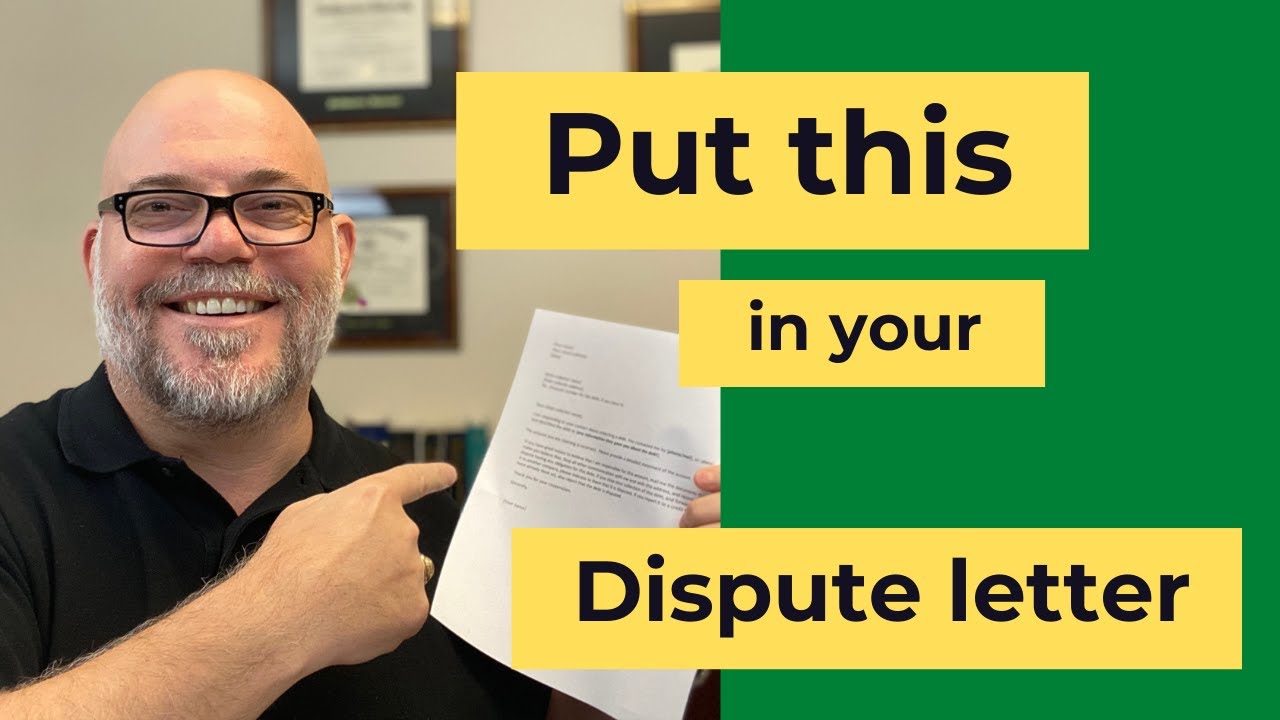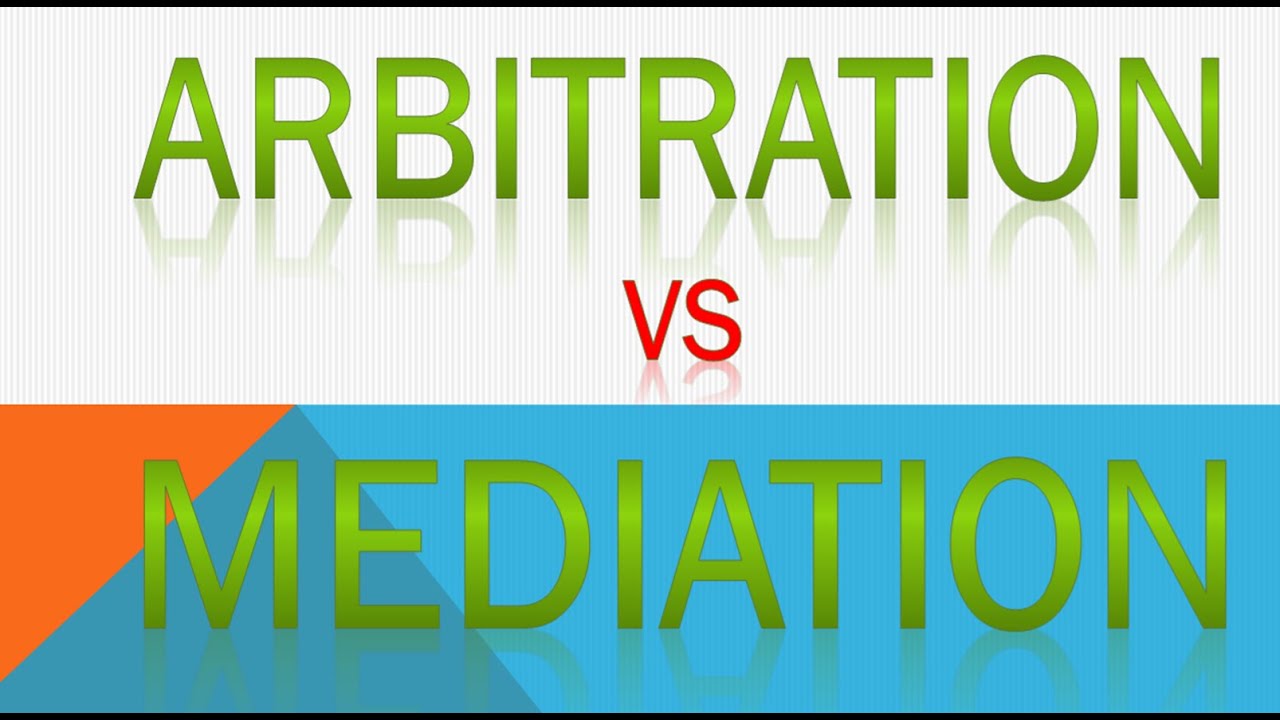Are you concerned about errors or inaccuracies on your credit report? If so, don't worry – there's a solution that can help you correct these issues and protect your creditworthiness. One effective method is to write a letter of dispute to the credit bureaus, detailing the errors and requesting a thorough investigation.
By taking this proactive approach, you can ensure that your credit report accurately reflects your financial history. Let's explore how to correct errors on your credit report by writing a letter of dispute, empowering you to take control of your credit health.
What Is A Credit Dispute Letter?
A credit dispute letter is a written communication sent to a credit bureau or credit reporting agency, informing them about errors or inaccuracies in your credit report that need to be corrected. This letter serves as a formal way to initiate the process of disputing inaccurate information that may be negatively affecting your creditworthiness.
Credit reports are compiled by credit bureaus and contain information about your credit history, including details about your loans, credit cards, payment history, and any negative marks such as late payments, defaults, or collections. It is important to regularly review your credit report to ensure its accuracy and to address any errors promptly.
A credit dispute letter can be a powerful tool to rectify inaccuracies and improve your credit score. By submitting a well-crafted dispute letter, you can request the credit bureau to investigate the disputed information and make necessary corrections if they find any errors or incomplete data.

DISPUTE LETTER to debt collector: here's exactly what you should say in 2024
What Credit Report Errors Can You Dispute?
You can dispute various types of errors that may appear on your credit report. Some common credit report errors that can be disputed include:
- Incorrect Personal Information- Check for any mistakes in your name, address, social security number, or employment details. Discrepancies in personal information may arise due to clerical errors or identity theft.
- Inaccurate Account Details - Review each account listed on your credit report to ensure the reported balances, credit limits, payment history, and dates are correct. Mistakes in these details could impact your credit score and lenders' perception of your creditworthiness.
- Duplicate Accounts - Look for any duplicated entries of the same account. Duplicate accounts can artificially inflate your debt load and make it seem like you have more outstanding debt than you actually do.
- Outdated Negative Information- Negative information, such as late payments, defaults, or accounts in collections, should be removed from your credit report after a certain period (typically seven years for most items). If you find outdated negative information, you can dispute its presence.
- Identity Theft-Related Errors- If you suspect fraudulent activity or identity theft, such as accounts opened in your name without your consent, immediately dispute them. Identity theft can severely impact your credit and financial well-being, so it's crucial to address such errors promptly.
Tips On What To Include In A Letter Of Dispute
When drafting a credit dispute letter, it's important to be clear, concise, and provide all the necessary information. Here are some tips on what to include in your letter of dispute:
- Your Personal Information - Start by providing your complete name, address, and contact information. This helps the credit bureau to identify and locate your credit file accurately.
- Clear Identification of the Error - Clearly specify the inaccurate information you are disputing, including the account name, account number, and the nature of the error. Be specific and provide supporting evidence if available, such as billing statements or payment records.
- Explanation of the Dispute- Clearly explain why you believe the information is inaccurate or incomplete. Provide a detailed account of the error and how it is negatively impacting your creditworthiness.
- Supporting Documentation - Include copies of any supporting documentation that can substantiate your claim. This may include credit card statements, loan agreements, or correspondence with the creditor.
- Request for Correction - Clearly state that you are requesting the credit bureau to investigate the disputed information and make the necessary corrections. Specify that you expect a written response detailing the outcome of the investigation.
- Keep a Copy- Make sure to keep a copy of the letter for your records. Additionally, consider sending the letter via certified mail with a return receipt to have proof of delivery.
What Are Pros And Cons Of Disputing By Mail?
When disputing credit report errors, you have the option to submit your dispute by mail, online, or through other electronic means. Let's examine the pros and cons of disputing by mail:
Pros
- Formal Documentation- A mailed dispute letter provides a physical record of your communication, which can be valuable if you need to escalate the issue or take legal action in the future. It offers a paper trail that online disputes may lack.
- Attention to Detail- By submitting a written letter, you have the opportunity to carefully craft your dispute, ensuring that all relevant details and supporting documentation are included. This can strengthen your case and make it easier for the credit bureau to understand your concerns.
- Tangible Evidence- Sending your dispute by mail allows you to include physical copies of supporting documents that may be challenging to attach electronically. This can help substantiate your claims and increase the likelihood of a successful dispute resolution.
Cons
- Time-consuming- Disputing by mail typically takes longer compared to online methods. You need to allow for the time it takes for your letter to be delivered, processed, and for a response to be generated. This could result in delays in resolving the dispute.
- Limited Tracking - While certified mail provides a degree of tracking, it may not offer real-time updates like online methods. You may have to wait for a return receipt to confirm delivery, and this process can take additional time.
- Less Immediate Feedback - When disputing online or through electronic means, you may receive instant feedback, acknowledgments, or updates on the status of your dispute. With mailed disputes, you may need to wait for a response by mail, which could take several weeks.
Ultimately, the decision to dispute by mail or through other methods depends on your personal preference, urgency, and the complexity of the dispute. If you have time to spare and want to ensure a comprehensive paper trail, mailing your dispute letter may be the preferred option.
Where To Mail Your Dispute Letter
When mailing your credit dispute letter, it's essential to send it to the correct address to ensure it reaches the appropriate credit bureau. Each credit bureau has its own address designated for receiving disputes. Here are the mailing addresses for the three major credit bureaus in the United States:
Equifax
Equifax Information Services LLC P.O. Box 740256 Atlanta, GA 30374
Experian
Experian Dispute Department P.O. Box 4500 Allen, TX 75013
TransUnion
TransUnion LLC Consumer Dispute Center P.O. Box 2000 Chester, PA 19016
Ensure that you address the envelope correctly and consider sending the letter via certified mail with a return receipt. This way, you can track its delivery and have proof that the credit bureau received your dispute letter.
How Long Does It Take To Have The Dispute Resolved?
The time it takes to resolve a credit dispute can vary depending on several factors, including the complexity of the issue and the credit bureau's workload. Generally, credit bureaus are required by law to investigate and respond to disputes within 30 to 45 days of receiving a dispute letter.
During the investigation process, the credit bureau will contact the creditor or entity that provided the disputed information and request verification or correction. The creditor has a limited time (usually 30 days) to respond to the credit bureau's inquiry.
Once the investigation is complete, the credit bureau must provide you with a written response, along with an updated copy of your credit report if any changes were made. The response will outline the results of the investigation and whether any modifications have been made to your credit report.
It's important to note that some disputes may take longer to resolve, particularly if they involve complex issues or require extensive documentation. In such cases, it's advisable to maintain regular communication with the credit bureau to ensure the progress of your dispute.

Dispute Resolution (ARBITRATION vs MEDIATION)
Other Ways To Dispute Your Credit Report
While mailing a dispute letter is a traditional and effective method, there are alternative ways to dispute credit report errors. These methods may offer convenience and expedite the resolution process:
- Online Dispute - Most credit bureaus provide online portals or dispute forms on their websites. You can submit your dispute electronically, attach supporting documents, and receive instant confirmation of receipt.
- Phone Dispute - Some credit bureaus allow you to initiate a dispute by phone. You can provide the necessary information and discuss the details of the error directly with a representative. However, it's important to follow up with a written dispute to maintain a formal record.
- Dispute through a Credit Monitoring Service - If you subscribe to a credit monitoring service, they may offer features to dispute errors on your behalf. These services can streamline the process and handle communications with the credit bureaus on your behalf.
Before choosing an alternative method, consider the urgency of your situation, the complexity of the dispute, and the level of convenience you desire. Each method has its advantages and may be more suitable depending on your specific circumstances.
People Also Ask
Can I Dispute Errors On My Credit Report Online?
Yes, many credit bureaus offer online dispute resolution processes where you can submit your dispute electronically. These online platforms allow you to provide details about the errors, upload supporting documents, and track the progress of your dispute.
What Should I Do If My Dispute Is Rejected?
If your dispute is rejected, you have several options. First, review the reasons provided by the credit bureau for the rejection and assess whether there is additional evidence or information you can provide to support your claim. You can also consider contacting the creditor directly to resolve the issue or seek legal advice if necessary.
Are There Any Fees Associated With Filing A Credit Dispute?
In general, there are no fees associated with filing a credit dispute with the credit bureaus. However, if you choose to work with a credit repair company or hire legal assistance to handle your dispute, they may charge fees for their services. It's important to research and understand any potential costs before engaging with such entities.
Can I Dispute Errors On My Credit Report Even If They Are Minor?
Yes, you can dispute any errors on your credit report, regardless of their magnitude. Even seemingly minor errors can have an impact on your creditworthiness, so it's essential to address them promptly. It's recommended to ensure the accuracy of all information on your credit report, regardless of its significance.
How Often Should I Review My Credit Report For Errors?
It is advisable to review your credit report at least once a year to check for any errors or discrepancies. Additionally, it's beneficial to monitor your credit report more frequently if you suspect fraudulent activity or if you are actively working on improving your credit. Regularly reviewing your credit report helps you identify and address any issues that may affect your credit standing.
Conclusion
In conclusion, a credit dispute letter is a powerful tool for rectifying errors in your credit report. By identifying and disputing inaccuracies, you will know how tocorrect errors on your credit report by writing a letter of dispute and protect your creditworthiness while ensuring that lenders view you in a favorable light.
Whether you choose to dispute by mail or through alternative methods, it's important to be thorough, provide supporting documentation, and follow up to ensure a timely and satisfactory resolution of your dispute.